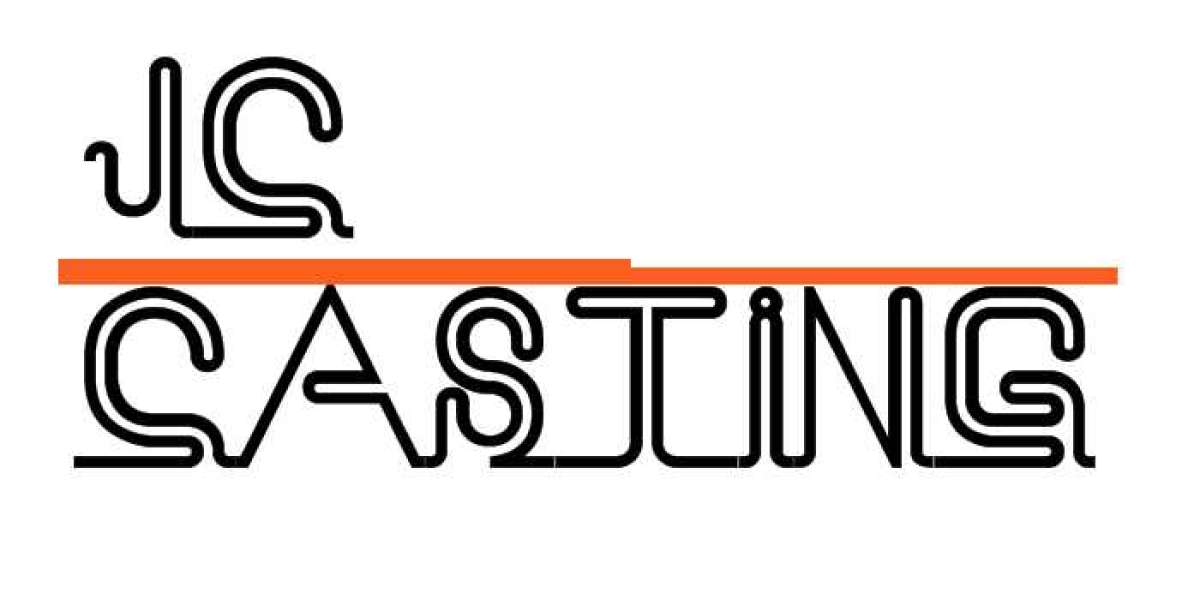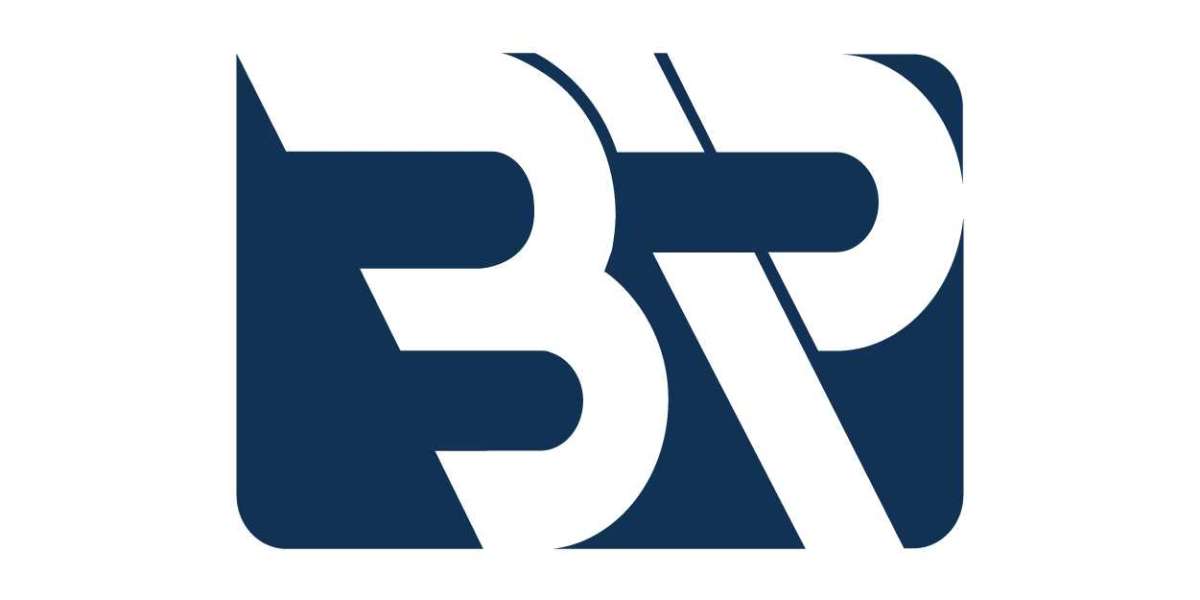The cost of any casting will increase with the constraints of investment casting dimensional tolerances, chemical or non-destructive testing specifications.
tolerance
Tolerances can be affected by many variables. Wax or plastic temperature, injection pressure, mold temperature, mold or shell composition, support sand, firing temperature, cooling rate, position of the part on the "tree", and heat treatment temperature all directly affect the tolerance required for investment foundry. The amount of tolerance required to cover each process step basically depends on the size and shape of the casting and will vary from foundry to foundry. This is because one foundry may specialize in thin-walled, highly complex castings, another in mass production requirements, and still another in high-integrity aerospace or aircraft applications.
Linear tolerances are typically applied to the following characteristics of investment castings: length, concentricity, fillet radius, hole, flatness, straightness, corner radius, and curved hole.
Geometric tolerancing is typically applied to the following features in investment casting: profile and true positioning, parallelism, profile, radius, roundness, squareness, taper and cam profiles.
Flatness
Flatness and straightness are closely related and confusion can arise unless the foundry and purchaser have an explicit agreement prior to production. The flatness tolerance is the total allowable deviation of a plane and consists of the distance between two parallel planes between which the entire surface must lie. When measuring, parallel planes must be separated by a minimum distance.
Flatness in investment casting is almost always determined by the amount of volumetric shrinkage experienced by the wax and metal during cooling. This shrinkage is usually at the center of mass and is called "digging". The dish can be controlled with specialized technique, but there will always be some way. General flatness tolerances cannot be quoted as they vary with configuration and alloy used.
Straightness
The tolerance that covers shaft straightness is the diameter or width that the shaft must lie.
It follows that to correctly measure the axial straightness of a shaft, rod or plate, the tolerance zone (in which the axis or axial plane lies) must be measured.
Straightness can be a real problem with certain types of castings. Relatively thin, short parts may bend, while long, heavy parts will not. Experience tells a foundry that a given design is likely to bend, but experience cannot tell how much. As a rough guide, it can be said that the axial bending of a constant section is 0.005 inches per inch. Ribs and gussets inhibit warping and also hinder mechanical straightening.
Parallelism
Casting of parts that support parallel prongs at only one end presents a very specific type of problem that should be fully discussed with the foundry prior to production.
Yoke castings also present a very specific problem that should be fully discussed with the foundry prior to production.
Since point X is the thickest part, it is the ideal point for the gate. This is also the region where the greatest volume shrinkage occurs. However, dimension Y will be limited by the rigid mass of the refractory material. The result is a parallelism that is difficult to maintain at 0.010 inches per inch L, but can be improved with control techniques and sizing. This condition also affects any vias normally found in the yoke. When specified, such holes should have a substantial finishing allowance if they are to be finished concentrically with the wire reaming.
Roundness or "out of roundness"
"Out-of-circle" is defined as the radial difference between a true circle and a given circumference. It is the total indicator reading when the part is rotated 360°, and can also be calculated by half the difference between the maximum and minimum conditions. The latter technique is usually preferred because it takes less time.
Concentricity
Two cylindrical surfaces centered on a common point or axis are concentric. Any dimensional difference in the location of one center relative to another is the degree of eccentricity.
The sketches show that out-of-roundness of either diameter does not affect concentricity, since concentricity is relative to the center or axis of the diameter. Out-of-round is how they differ from true circles.
However, in a shaft or tube, straightness has a very real effect on concentricity.
Diameters A and B may be true circles, but clearly the non-straightness affects concentricity.
When the length of the rod or tube is no more than twice its component diameter, the component diameters will be concentric within 0.005 inches per inch.
Hole Tolerance
The roundness of the cast hole is affected by the quality of the surrounding metal. If there is an uneven mass adjacent, the hole will be pulled out of the circle. Holes up to ½” in diameter can be held to +/- 0.003” when checked with a plug gauge if the surrounding metal is symmetrical. Larger holes may be affected by internal shrinkage or pulling and the foundry should be consulted.
The longer the hole or the greater the mass of the surrounding part, the more pronounced the effect. All castings will have some shrinkage cavity more or less. The openings at the top and bottom of the hole are approximately the same size, while the center has a larger diameter. Vias that require clearance (which can be checked with a plug gauge) can be kept within a fairly small tolerance of the larger diameter in the center, negligible. However, if the side walls of the hole are used as bearing surfaces, a simple reaming operation can determine the size of the opening in the casting.
The figure below shows the effect of shrinkage on the diameter of the hole when the heavier part is located near the hole itself. Note that the diameter is distorted due to the contraction of the extra mass of the heavier part. The figure is a graphical illustration of the deformation, which occurs to a greater or lesser extent in each casting as the heavier mass affects the shrinkage.
curved hole
The usual tolerances tend to be doubled as the curved holes are formed from either soluble wax or prefabricated ceramic cores. A factor of two must be applied to the tolerance of all dimensions of the controlling feature. Since the size of such holes cannot be determined, a diameter tolerance of +/- 0.005 inches per inch also applies.
fillet, fillet
These should always be given the widest possible tolerances possible. They are difficult to control and can only be checked roughly with a radius gauge, or with an optical comparator.








